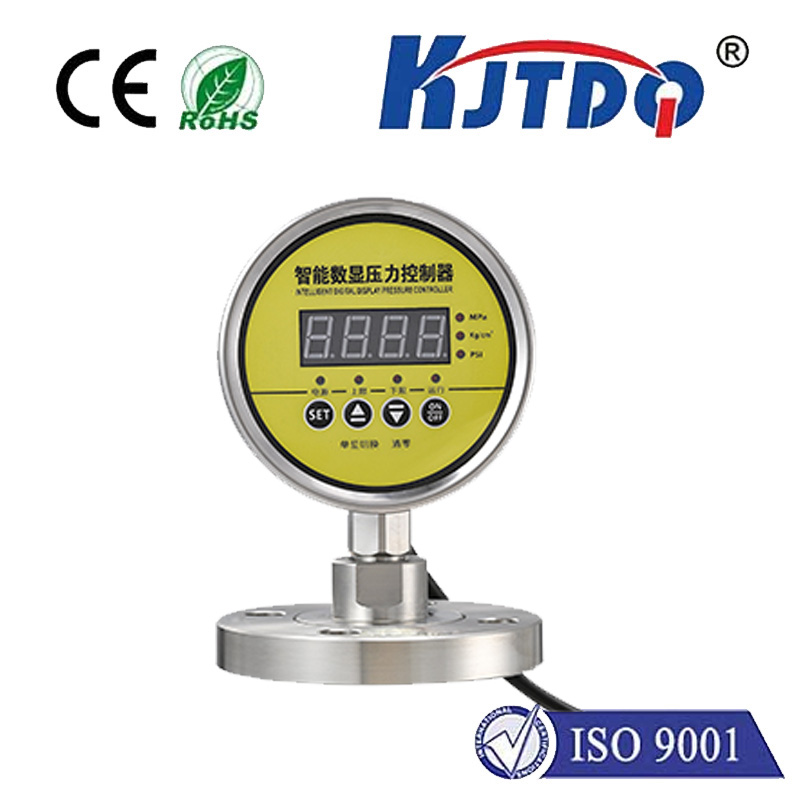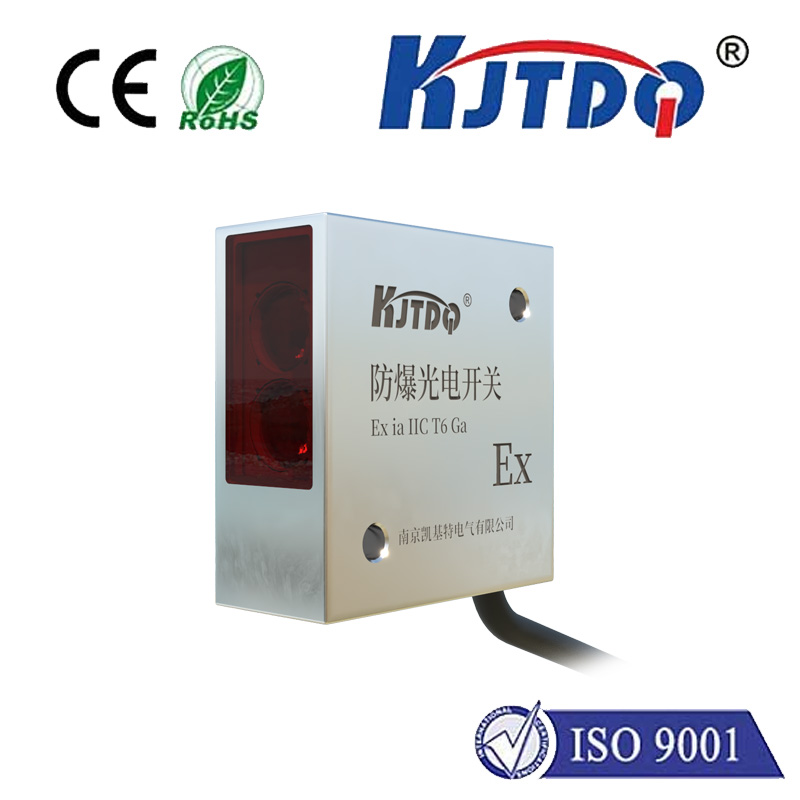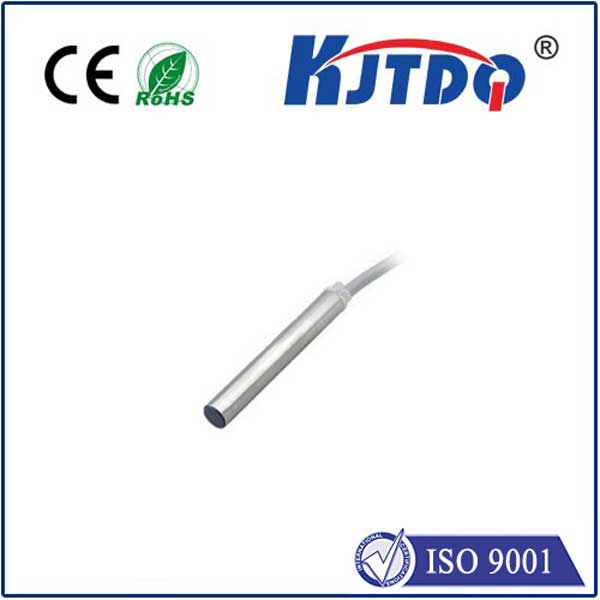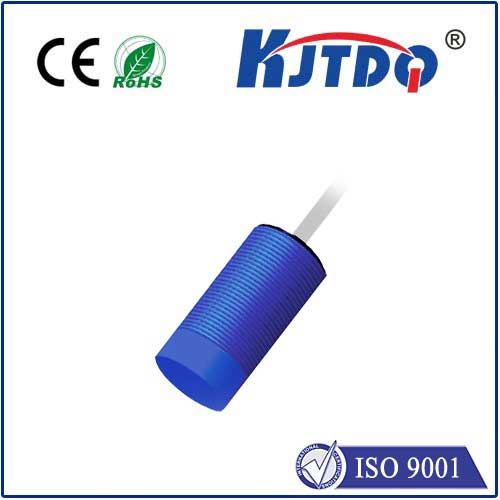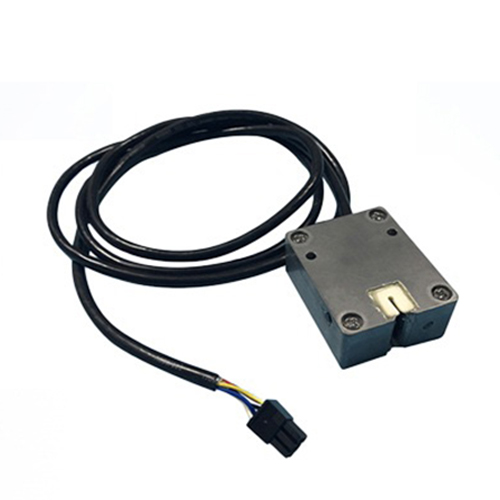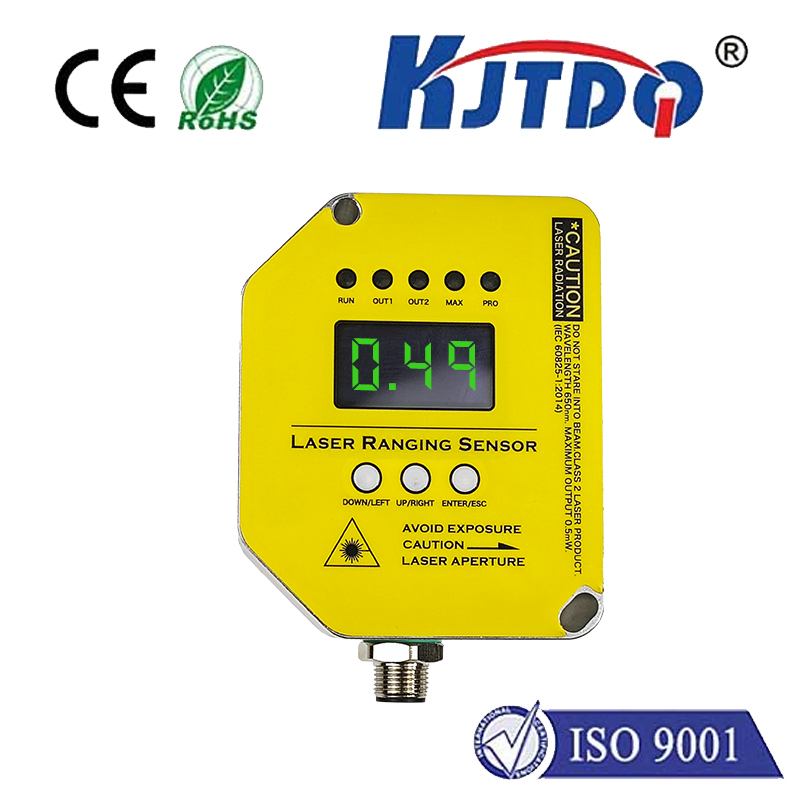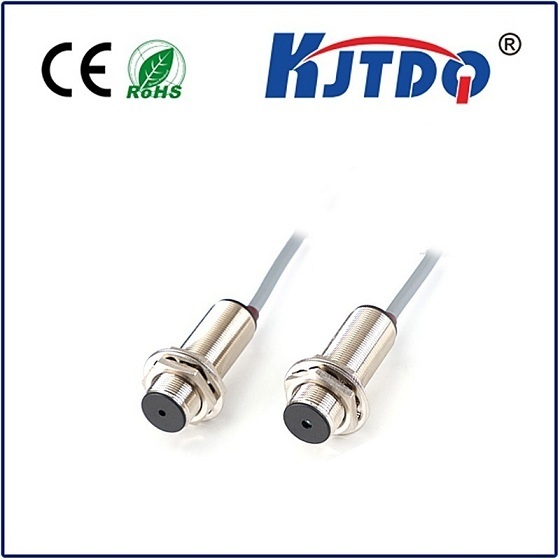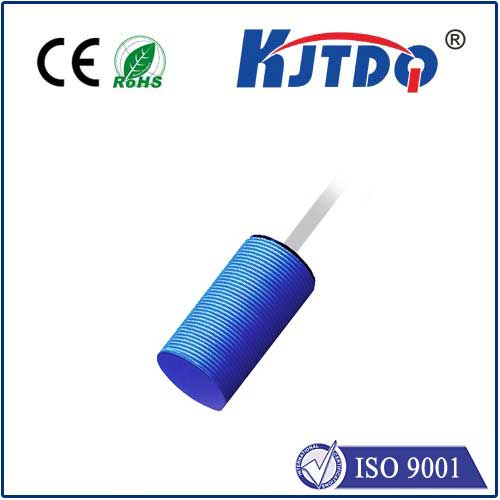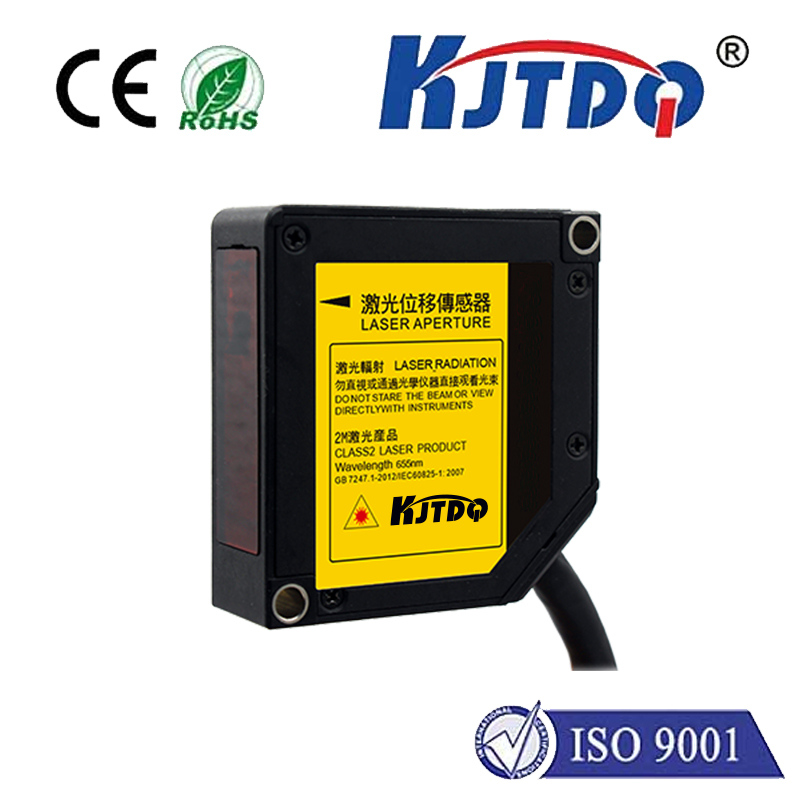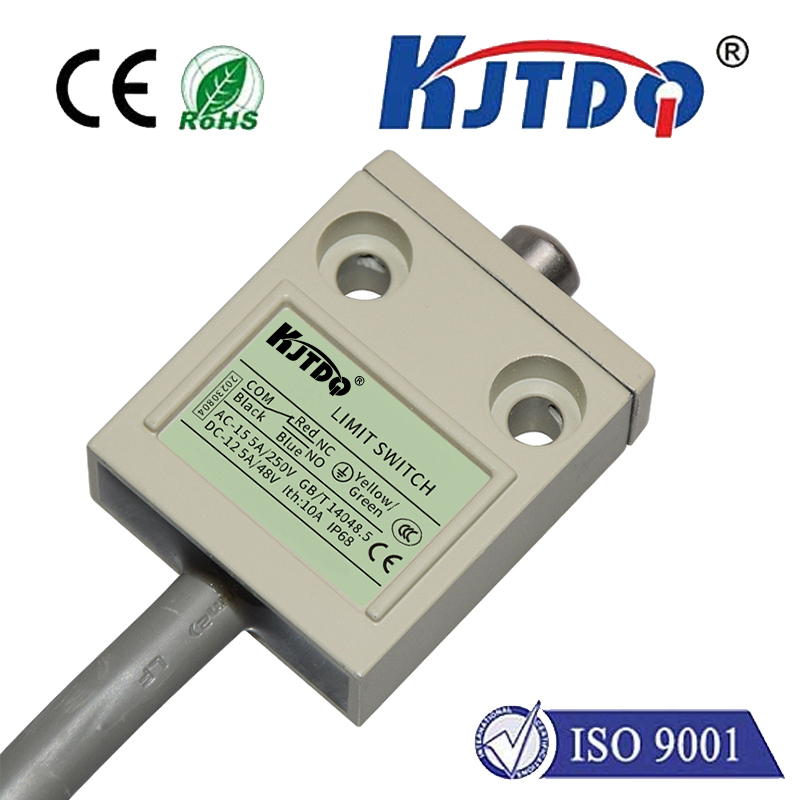

check

check

check

check
Low Temperature Limit Switch: Ensuring Safe and Efficient Operation
In industrial processes, it is essential to maintain optimal temperatures to ensure the safe and efficient operation of equipment. A low temperature limit switch plays a crucial role in achieving this goal by monitoring temperature levels and triggering necessary actions when they fall below a certain threshold. In this article, we will discuss the importance of low temperature limit switches, their applications, and factors to consider when selecting one for your system.
Importance of Low Temperature Limit Switches
Low temperature limit switches are designed to protect against excessive cooling, which can lead to equipment failure, reduced performance, and increased energy consumption. These switches are commonly used in HVAC systems, refrigeration units, and other temperature-sensitive applications. By detecting low temperatures and activating controls or alarms, these switches prevent damage to equipment and ensure that processes run smoothly.
Applications of Low Temperature Limit Switches
There are several applications where low temperature limit switches play a vital role, including:

1. HVAC Systems: In heating, ventilation, and air conditioning (HVAC) systems, low temperature limit switches monitor room temperatures and activate heaters or boilers when required. They also shut down the system if the temperature drops too low, preventing freeze damage to pipes and components.
2. Refrigeration Units: Low temperature limit switches are critical in maintaining consistent temperatures within refrigerators and freezers. They activate cooling mechanisms when necessary and prevent overcooling, which can lead to ice buildup and decreased efficiency.
3. Manufacturing Processes: Many manufacturing processes require specific temperature ranges to produce high-quality products. Low temperature limit switches monitor these ranges and activate controls to maintain optimal conditions, ensuring consistent product quality.
Factors to Consider When Selecting a Low Temperature Limit Switch
When choosing a low temperature limit switch for your application, there are several factors to consider, including:
1. Accuracy: The accuracy of the switch is crucial in ensuring that it activates controls at the correct temperature threshold. Look for switches with high accuracy ratings to minimize errors and ensure reliable operation.
2. Range: The temperature range of the switch should match the requirements of your application. Choose a switch with a suitable range for the minimum and maximum temperatures you need to monitor.
3. Compatibility: Ensure that the low temperature limit switch is compatible with your existing equipment and controls. This may involve selecting a switch with specific voltage or current requirements or compatibility with your control system.
4. Reliability: Select a low temperature limit switch from a reputable manufacturer with a proven track record of reliability and durability. This will help ensure that your switch operates effectively over time without requiring frequent replacements or repairs.
Conclusion
Low temperature limit switches play an essential role in maintaining safe and efficient operations in various industrial processes. By monitoring temperature levels and activating controls when necessary, these switches protect equipment from damage and ensure that processes run smoothly. When selecting a low temperature limit switch for your system, consider factors such as accuracy, range, compatibility, and reliability to choose a switch that meets your specific needs and ensures long-term success.
